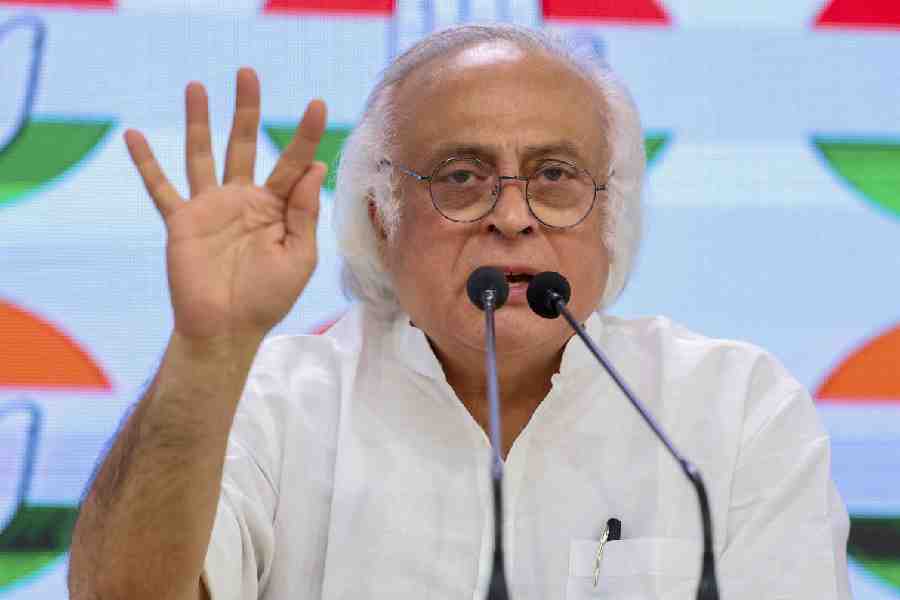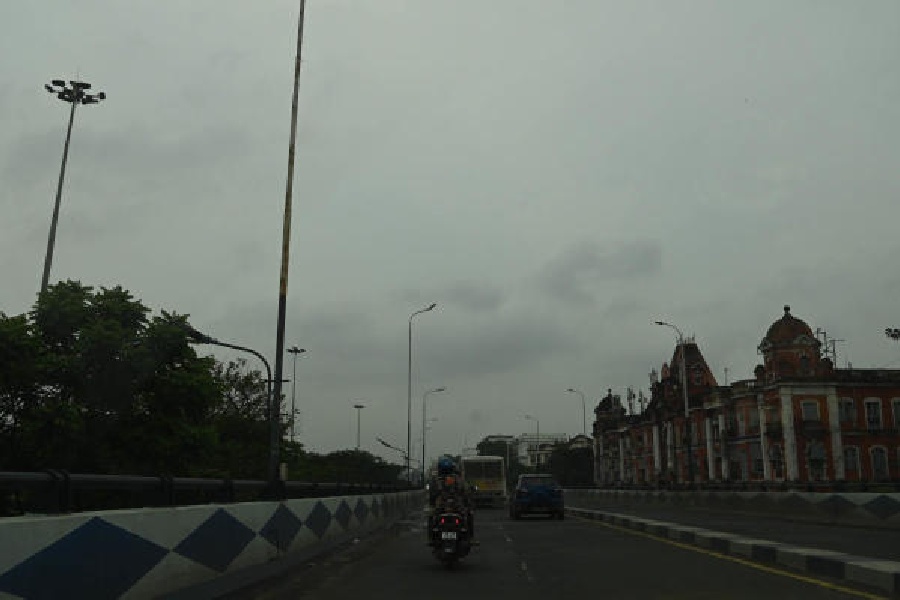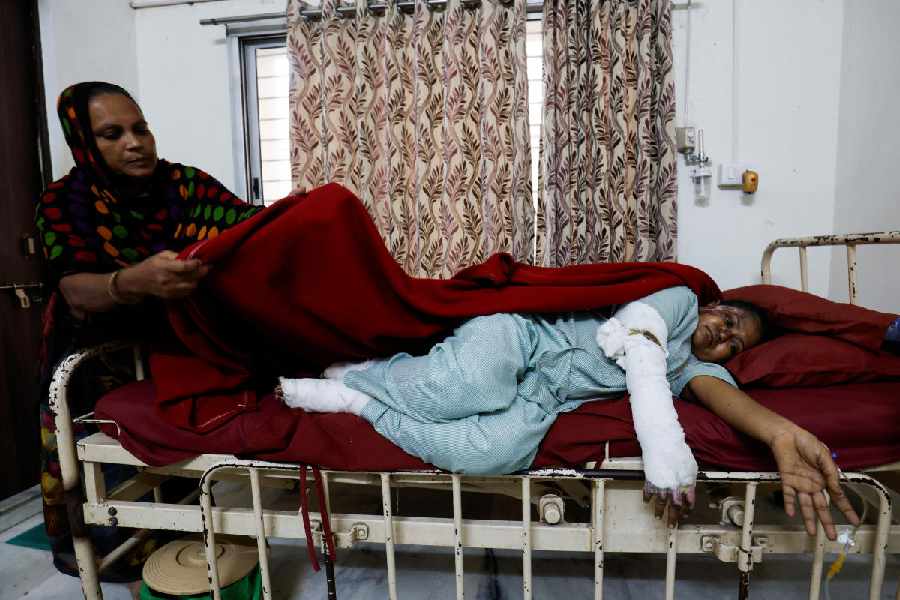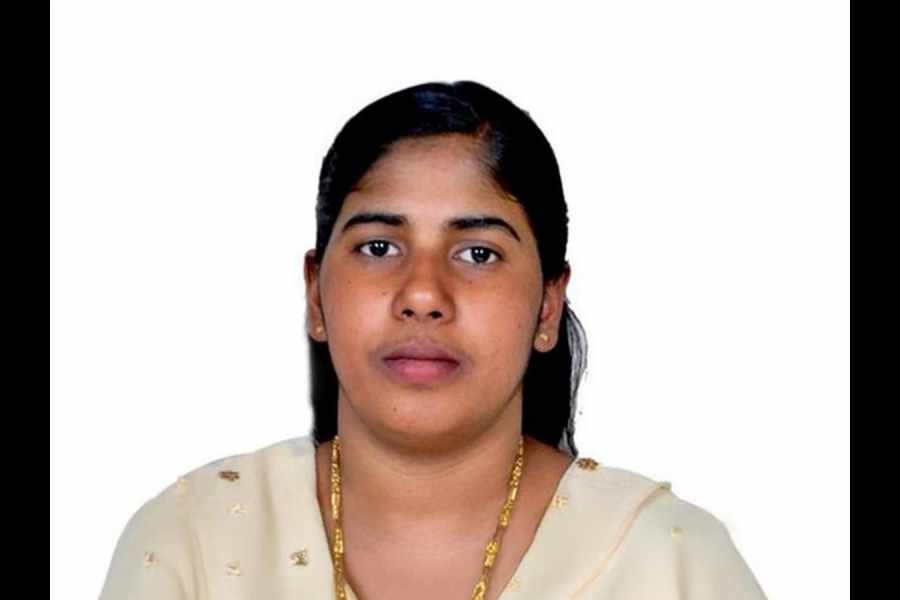 |
| Prashanna Gogoi and Lakhya Dhar Gogoi perform during the festival in Imphal. Picture by Enaomacha Salam |
Music pulls at the heartstrings and a wind instrument does it like none other. Radha’s ecstasy as Krishna played the flute has inspired folklore like no other musical instrument. Besides, this wind instrument is also a common thread running through the region.
To acquaint the Manipuri audience with this harmony, the Northeast Zonal Cultural Centre, Dimapur, and the art and culture department of Manipur organised a two-day Northeast festival of traditional and folk wind instruments at Iboyaima Leela Sanglen, Palace compound, Imphal, on July 16 and 17.
Musicians from Assam, Manipur, Nagaland, Tripura and Sikkim participated in the festival, but the ceremony seemed incomplete without the participation of Meghalaya, Arunachal Pradesh and Mizoram.
Most of the artistes who participated in the festival, however, fell short of expectation. The redeeming aspect came from two artistes from Assam, Prashanna Gogoi and Lakhya Dhar Gogoi.
Their rendition of a popular Assamese Bihu song, Cheni-maicheni-mai, chenimoi-o, with wind instruments like sutuli (earthen whistle), banhi (flute) and pepa (buffalo hornpipe) brought cheer to an otherwise monotonous evening. The duo were also accompanied by the bin (a string instrument) and the dhun (drum). Prashanna Gogoi, a guru of Bihu who was recently felicitated by Delhi, enthralled the audience with his demonstration-cum-lecture. His uniqueness lay in his rendition of the juria pepa, which has two reeds joined by a mouthpiece.
Various communities of Manipur played wind instruments, like the moibung (conch), roshen (bamboo bagpipe), bamboo with gourd and the telescopic bugle. However, the artistes’ clumsiness and paucity of preparation was evident.
Two musicians from Sikkim, Gopal Gandharva and Bahnu Pokhrel, played the flute to the accompaniment of madal (drum) and sarinda (string instrument).
An interesting part of the festival was the playing of indigenous tribal musical instruments like rosem, darteng and tlangte belem by musicians from Tripura. However, their performance was not up to the mark either.
Artistes from Nagaland, Ruokuneitso, Pelevinuo and Khreiesatuonuo, rendered melodious songs with string instruments like the tai/nyaiibou and the te-o tou/ketsii.
Rhythms from Manipur led to enchanting fusion music, Emagitampakta, on the last day of the festival. It was composed and directed by H. Bhagat Singh.










